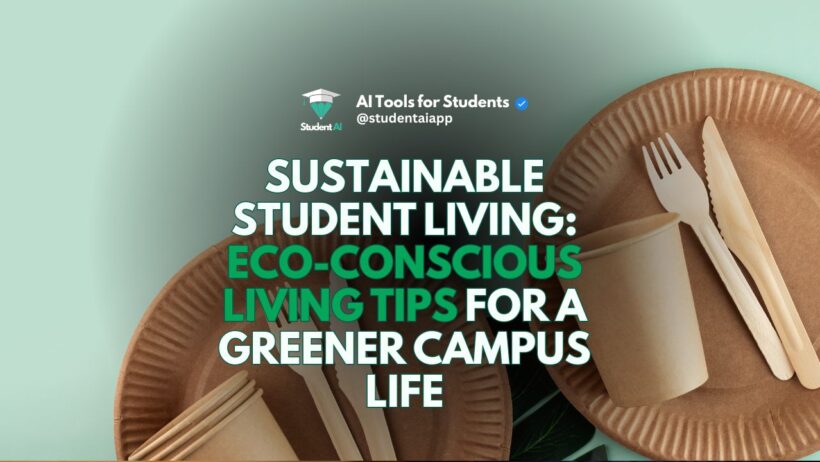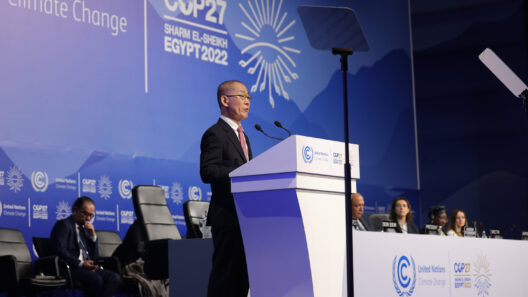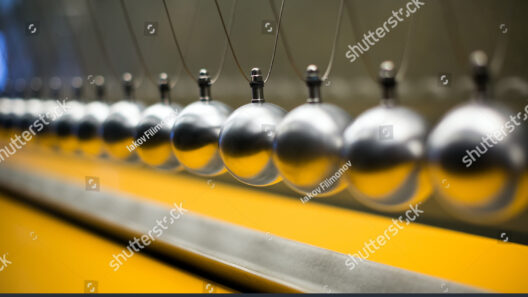Water and energy conservation are not just choices; they are necessities in the face of dwindling resources and escalating climate challenges. The intricate interplay between water and energy usage in our daily lives makes it imperative for each individual to adopt practices that foster sustainability. Here, we delve into practical strategies that encourage eco-conscious living by conserving both water and energy.
Understanding the Water-Energy Nexus
The water-energy nexus illustrates the interdependence of water and energy systems. The process of extracting, distributing, and using water requires significant energy input, while the production and consumption of energy necessitate substantial water resources. Understanding this relationship can spur individuals to take actions that minimize waste in both realms. By conserving water, we inadvertently reduce energy consumption and vice versa.
Indoor Water Conservation Techniques
Indoors, water conservation begins in the bathroom, where the largest water consumption occurs. First, consider installing low-flow fixtures—such as showerheads and faucets—which can drastically reduce water usage without sacrificing performance. Replacing traditional toilets with dual-flush systems can also make a meaningful difference, allowing users to choose the appropriate flush volume according to waste type.
Furthermore, developing safe habits, such as taking shorter showers and turning off the tap while brushing teeth, can cumulatively conserve gallons of water each day. Employing a water-efficient dishwasher and only running it when full can save both water and the energy costs associated with heating water. Similarly, doing laundry with full loads and selecting the cold water setting can contribute significantly to conservation efforts.
Kitchen Water Conservation Strategies
The kitchen poses its own set of water-saving opportunities. Start by installing an efficient faucet aerator to maintain pressure while minimizing water flow. It’s also wise to collect rainwater using a barrel to water plants, which not only lessens indoor water use but also reduces stormwater runoff. Furthermore, employing the practice of thawing frozen foods in the refrigerator rather than under running water conserves not only water but also energy needed for refrigeration.
When washing fruits and vegetables, submerging them in a bowl of water instead of rinsing them under running water can drastically reduce waste. Cooking food with methods that require less water, such as steaming, can also contribute to effective conservation. Lastly, learning to compost can divert food scraps from the landfill and decrease the need for additional water associated with conventional waste treatment processes.
Outdoor Water Conservation Practices
Extending conservation efforts to the outdoors can further enhance sustainability. Landscaping with native plants significantly lowers water consumption, as these species thrive in the local climate and require less irrigation. Using a drip irrigation system instead of traditional sprinklers can also deliver water more efficiently, targeting plant roots and minimizing evaporation loss.
Implementing thoughtful practices like mulching around plants retains soil moisture, reducing the frequency of irrigation needed. Another effective approach is to evaluate water timing; watering early in the morning or late in the evening minimizes evaporation and maximizes absorption into the soil.
Energy Conservation in the Home
Turning our focus to energy conservation, we discover myriad methods to reduce consumption within the home. Begin by switching to LED lighting, which offers substantial energy savings compared to incandescent bulbs. Developing a routine of turning off lights and unplugging devices when not in use can further curtail energy expenditure.
Moreover, investing in energy-efficient appliances can yield significant savings over time. Look for products bearing Energy Star certification, which signifies compliance with energy efficiency standards. Furthermore, employing smart home technologies, such as programmable thermostats, allows for more precise control of heating and cooling systems.
Maintaining Systems for Optimal Efficiency
Regular maintenance of heating and cooling systems is essential in enforcing energy conservation. Routine filter changes and professional inspections ensure appliances operate at peak efficiency. Insulating ducts and sealing any gaps around windows and doors can prevent energy leaks, while adequate insulation in walls and ceilings ensures heating and cooling systems work less strenuously.
Embracing Renewable Energy Sources
Another avenue for conservation lies in embracing renewable energy sources. Installing solar panels can significantly reduce reliance on fossil fuels and lower energy costs. Furthermore, opting for a green energy provider if solar installation is unfeasible allows consumers to support sustainable energy practices without substantial upfront investment.
Community Involvement and Awareness
To foster a culture of conservation, involvement in community actions and educational programs is crucial. Engaging in local sustainability workshops can enhance knowledge about conservation practices. Initiating or joining neighborhood groups focused on environmental stewardship can amplify an individual’s impact.
Advocacy at the community level can spur changes in local policies that embrace sustainable practices. By participating in community discussions and promoting the importance of conserving both water and energy, individuals can create a ripple effect that benefits the environment.
Conclusion
Conserving water and energy is a multifaceted challenge that requires collective and individual action. By adopting various strategies—ranging from simple household practices to community involvement—everyone can contribute to a more sustainable world. Such ecological consciousness not only benefits the environment but also enhances local economies. Every drop saved contributes to a greener planet and a more resilient future.








